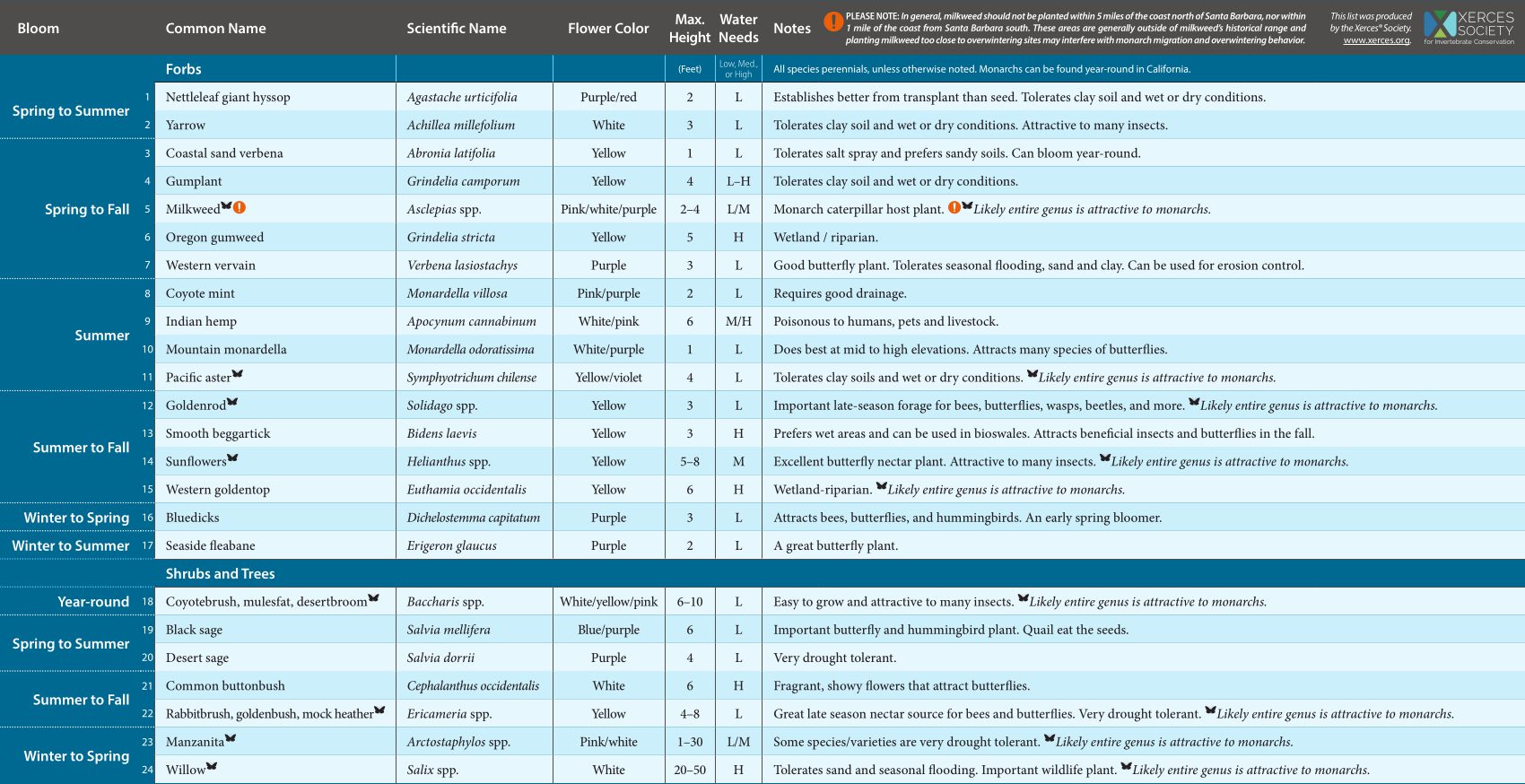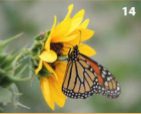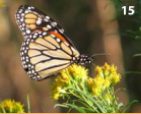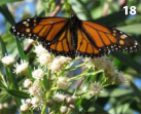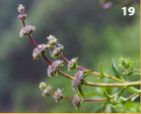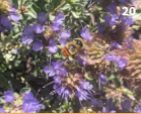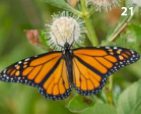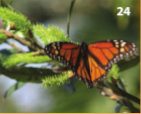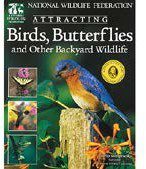
Left to right: Monarch butterflies on rabbit bush, Pacific aster, and clustered together on eucalyptus in a California overwintering site.
California is one of the most floristically biodiverse regions in the world, supporting unique plant communities such as prairie grasslands, chaparral, giant sequoia groves, and Joshua tree woodlands. The native plants that make up these communities in turn support an incredible array of insects and other animals, including the monarch butterfly. During spring and summer, monarchs leave hundreds of overwintering sites along the California coast and fan out across the western landscape to breed and lay eggs on milkweed (Asclepias spp.), the monarch’s host plant. Several generations are likely produced during this time. In the fall, adults from throughout the western U.S. migrate back to overwintering sites in California and central Mexico, where they generally remain in reproductive diapause until the spring, when the cycle begins again.
Once, millions of monarchs overwintered along the Pacific coast of California and Baja, Mexico. By 2018, the population of western monarchs hit a record low of less than 29,000 butterflies, which represents a 99.4% decline since the 1980’s.
The significant problems afflicting western monarchs include habitat loss, pesticide use, and climate change. Because of the monarch’s migratory life cycle, it is important to protect and restore habitat across their entire range. Adult monarchs depend on diverse nectar sources for food during all stages of the year, from spring and summer breeding to fall migration and overwintering. Caterpillars, on the other hand, are completely dependent on their milkweed host plants. Inadequate milkweed or nectar plant food sources at any point may impact the number of monarchs that successfully arrive at overwintering sites in the fall.
Providing milkweeds and other nectar-rich flowers that bloom where and when monarchs need them is one of the most significant actions you can take to support monarch butterfly populations. This guide features native California plants that have documented monarch visitation, bloom during the times of year when monarchs are present, and are commercially available… This list is not exhaustive, but focuses on the plants that appear to be the most important for western monarchs. The list also includes moisture requirements, so that you can choose plants to create a drought-tolerant monarch garden, if needed. These species are well-suited for wildflower gardens, urban green spaces, and farm field borders. Beyond supporting monarchs, many of these plants attract other nectar- and/or pollen-seeking butterflies, bees, moths, and hummingbirds. For a list of native plants that host butterflies and moths specific to your zip code, see www.nwf.org/nativeplantfinder. The species in this guide will be adaptable to growing conditions across most of the state, but may be less suitable for planting in the High Sierras, Modoc Plateau, and Eastern Interior Desert regions. Please consult Calflora (www.calflora.org) for details on species’ distributions in your specific area.


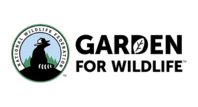
Planting for Success
Monarch nectar and host plants often do best in open, sunny sites. You can attract more monarchs by planting flowers in single species clumps and choosing a variety of plants that have overlapping and sequential bloom periods. Monarchs can be present year-round in California, so you may want to provide nectar plants for migrating and breeding monarchs from spring through fall, as well as milkweeds in the spring and summer.
Why Plant Native?
Although monarchs use a variety of nectar plant species, including exotic invasives such as ice plant and cape ivy, we recommend planting native species. Native plants are often more beneficial to ecosystems, are adapted to local soils and climates, and help promote biological diversity. They can also be easier to maintain in the landscape, once established.
Tropical milkweed (Asclepias curassavica) is a non-native plant that is widely available in nurseries. This milkweed can persist year-round in mild climates, allowing monarchs to breed throughout the winter rather than going into diapause. Tropical milkweed may foster higher loads of a monarch parasite called OE (Ophryocystis elektroscirrha), which negatively impacts monarch health. In general, milkweed should not be planted within 5 miles of the coast north of Santa Barbara, nor within 1 mile of the coast from Santa Barbara south. These areas are generally outside of milkweed’s historical range, and planting milkweed too close to overwintering sites may interfere with monarch migration and overwintering behavior. Because of these implications, we recommend planting native milkweeds in areas where they historically occurred. You can read more about OE in this Monarch Joint Venture fact sheet: http://monarchjointventure.org/images/uploads/documents/ Oe_fact_sheet.pdf.
Protect Monarchs from Insecticides
Both insecticides and herbicides can be harmful to monarchs. Herbicides can reduce floral resources and host plants. Although dependent on timing, rate, and method of application, most insecticides have the potential to poison or kill monarchs and other pollinators. Systemic insecticides, including neonicotinoids, have received significant attention for their potential role in pollinator declines (imidacloprid, dinotefuran, clothianidin, and thiamethoxam are examples of systemic insecticides now found in various farm and garden products). Because plants absorb systemic insecticides as they grow, the chemicals become distributed throughout all plant tissues, including the leaves and nectar. New research has shown that some neonicotinoids are toxic to monarch caterpillars that are poisoned as they feed on leaf tissue of treated plants. You can help protect monarchs by avoiding the use of these and other insecticides. Before purchasing plants from nurseries and garden centers, be sure to ask whether they have been treated with systemic insecticides. To read more about threats to pollinators from pesticides, please visit: www.xerces.org/pesticides.
Additional Resources
From the Xerces Society
Websites
Citizen Science Efforts in California
Data Sources
Nectaring data and observations, background information, and other contributions to this publication were taken from the published literature and generously provided by multiple researchers, gardeners, partners, and biologists. For the full list of data sources, please see the Monarch Nectar Guides page on our website (www. xerces.org/monarch-nectar-plants).
Acknowledgements
Funding provided by the Monarch Joint Venture and USDA Natural Resources Conservation Service. Additional support comes from Cascadian Farm, Ceres Trust, Cheerios, CS Fund, Disney Conservation Fund, The Dudley Foundation, The Edward Gorey Charitable Trust, Gaia Fund, General Mills, Hind Foundation, National Co+op Grocers, Nature Valley, Turner Foundation, Inc., Whole Foods Market and its vendors, and Xerces Society Members.
This material is based upon work supported by the Natural Resources Conservation Service, U.S. Department of Agriculture, under number 65-7482-15-118. Any opinions, findings, conclusions, or recommendations expressed in this publication are those of the author(s) and do not necessarily reflect the views of the U.S. Department of Agriculture.
AUTHORS: Written by Candace Fallon, Nancy Lee Adamson, Sarina Jepsen, Hillary Sardinas, Anne Stine, and Mace Vaughan. Designed by Kaitlyn Rich. Formatted by Michele Blackburn and Sara Morris.
PHOTO CREDITS: Tom Koerner/USFWS*: 22 (cover, inside). T.J. Gehling*: 11 (cover). Xerces Society/Candace Fallon: cover right, 2, 5. Andrey Zharkikh*: 1, 10. Ken-ichi Ueda*: 8, 19. J. Maughn*: 3, 7, 16, 17. John Anderson/Hedgerow Farms: 4, 11 (inside). Paulo Philippidus*: 6. Ken-ichi Ueda*: 8, 19. Jerry Oldenettel*: 9, 23. Bryan Reynolds: 12, 21. Fritz Flohr Reynolds*: 13. K. Weller/USFWS*: 14. Jonathan Coffin*: 15, 18, 24. Xerces Society/Kitty Bolte: 20. *Courtesy of flickr.com. Photographs remain under the copyright of the photographer. The Xerces Society is an equal opportunity employer and provider. © 2019 by The Xerces Society for Invertebrate Conservation.












